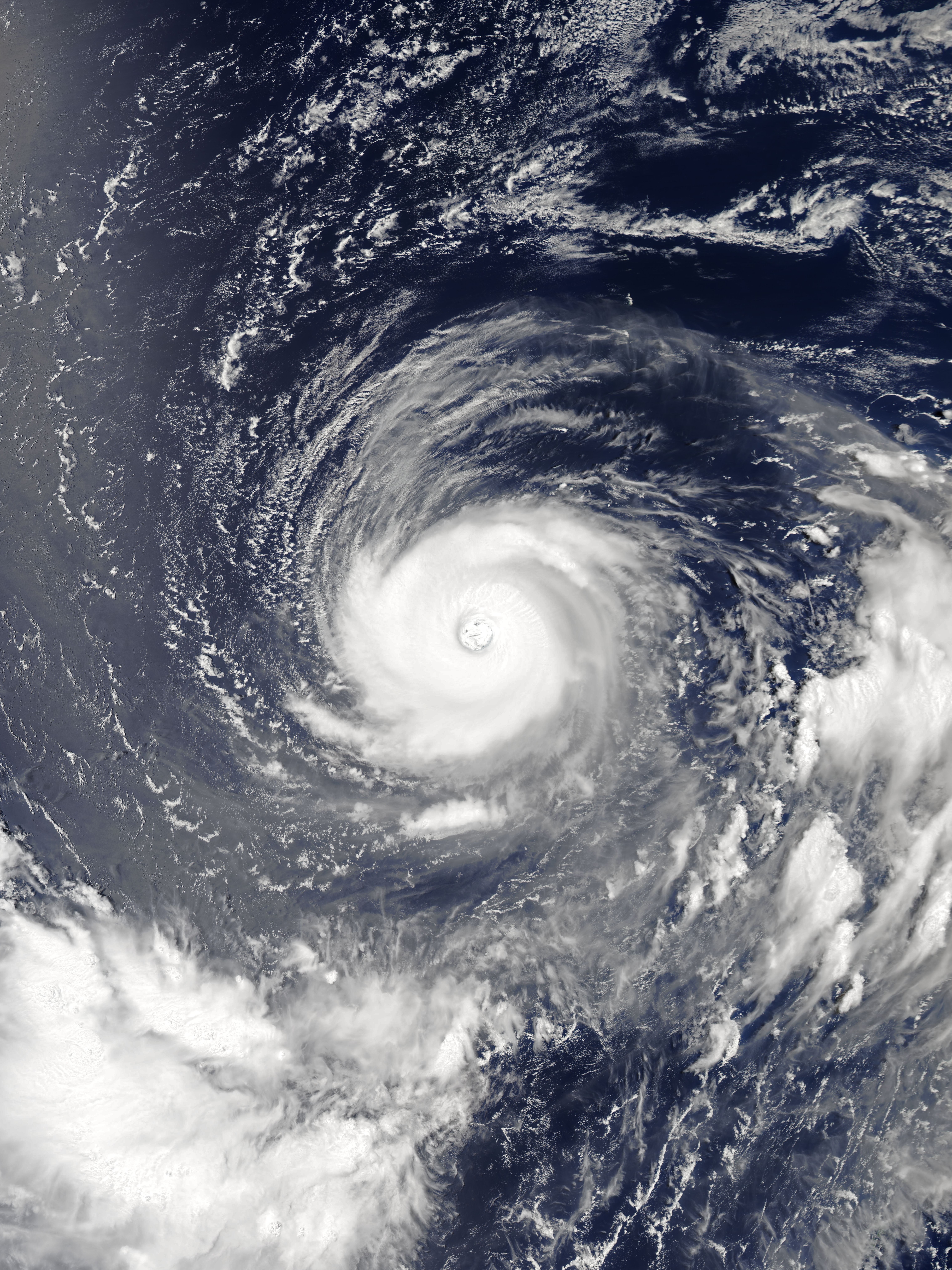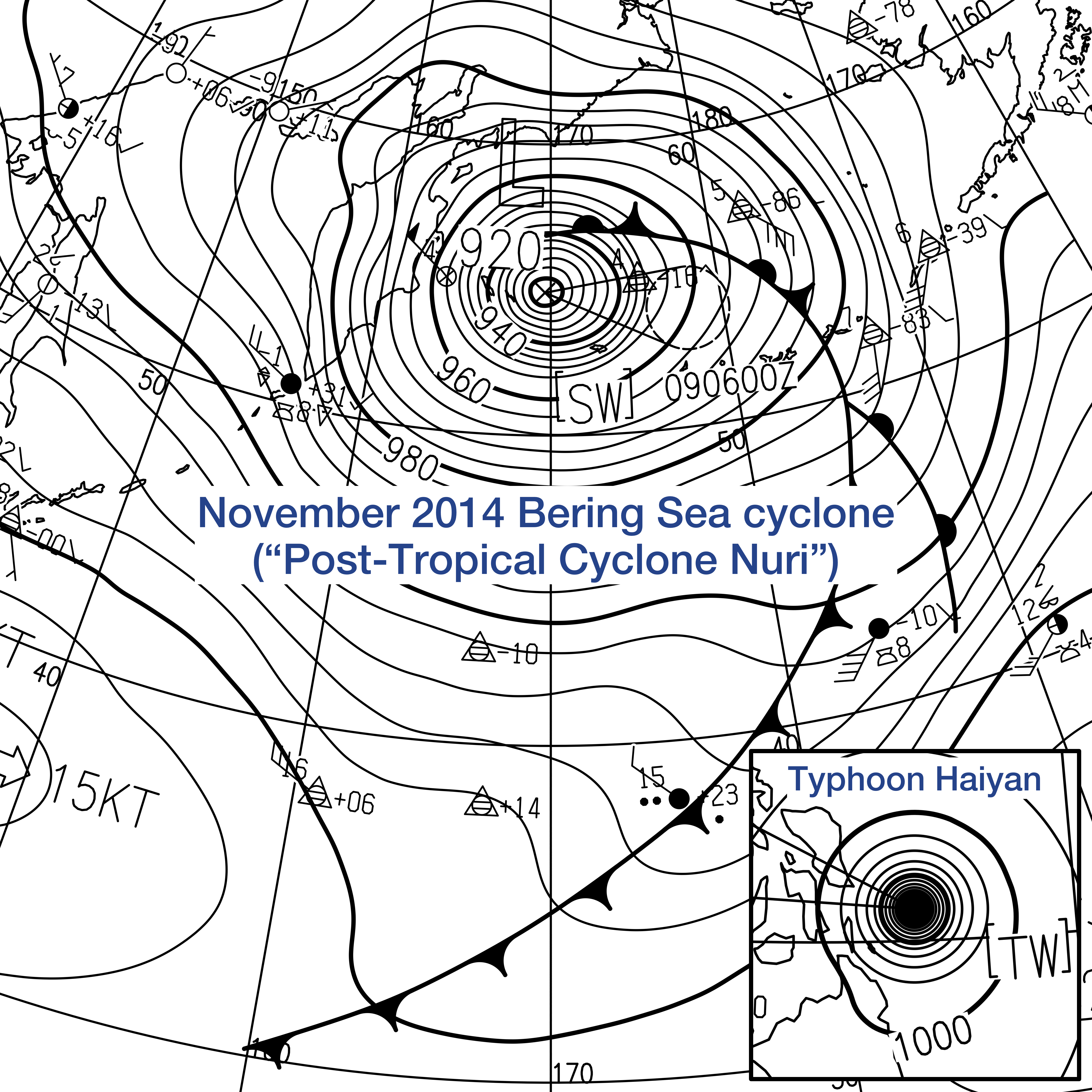|
List Of Storms Named Jane
The name Jane has been used for five tropical cyclones worldwide: one in the Western Pacific Ocean, three in the Australian region and one in the South-West Indian Ocean. In the Western Pacific: * Typhoon Jane (1950) – a Category 3-equivalent typhoon that caused 398 fatalities in Japan. In the Australian region: * Cyclone Jane (1979) – remained over open waters. * Cyclone Jane (1983) – a Category 4 severe tropical cyclone that made landfall in Western Australia. * Cyclone Jane (1992) – remained over open waters and was renamed ''Irna'' upon crossing into the South-West Indian Ocean. In the South-West Indian Ocean: * Cyclone Jane (1970) – a very intense tropical cyclone that affected Madagascar and was initially named ''Josephine''. See also * List of storms named Janet – a similar name that has been used in two tropical cyclone basins Traditionally, areas of tropical cyclone formation are divided into seven basins. These include the North Atlantic Ocean, the ... [...More Info...] [...Related Items...] OR: [Wikipedia] [Google] [Baidu] |
Typhoon
A typhoon is a tropical cyclone that develops between 180° and 100°E in the Northern Hemisphere and which produces sustained hurricane-force winds of at least . This region is referred to as the Northwestern Pacific Basin, accounting for almost one third of the world's tropical cyclones. For organizational purposes, the northern Pacific Ocean is divided into three regions: the eastern (North America to 140°W), central (140°W to 180°), and western (180° to 100°E). The Regional Specialized Meteorological Center (RSMC) for tropical cyclone forecasts is in Japan, with other tropical cyclone warning centres for the northwest Pacific in Hawaii (the Joint Typhoon Warning Center), the Philippines, and Hong Kong. Although the RSMC names each system, the main name list itself is coordinated among 18 countries that have territories threatened by typhoons each year. Within most of the northwestern Pacific, there are no official typhoon seasons as tropical cyclones form througho ... [...More Info...] [...Related Items...] OR: [Wikipedia] [Google] [Baidu] |
Australian Region Tropical Cyclone
An Australian region tropical cyclone is a non- frontal, low-pressure system that has developed within an environment of warm sea surface temperatures and little vertical wind shear aloft in either the Southern Indian Ocean or the South Pacific Ocean. Within the Southern Hemisphere there are officially three areas where tropical cyclones develop on a regular basis: the South-West Indian Ocean between Africa and 90°E, the Australian region between 90°E and 160°E, and the South Pacific basin between 160°E and 120°W. The Australian region between 90°E and 160°E is officially monitored by the Australian Bureau of Meteorology, the Indonesian Meteorology, Climatology, and Geophysical Agency, and the Papua New Guinea National Weather Service, while others like the Fiji Meteorological Service and the United States National Oceanic and Atmospheric Administration also monitor the basin. Each tropical cyclone year within this basin starts on 1 July and runs throughout the year, ... [...More Info...] [...Related Items...] OR: [Wikipedia] [Google] [Baidu] |
South-West Indian Ocean Tropical Cyclone
In the south-west Indian Ocean, tropical cyclones form south of the equator and west of 90° E to the coast of Africa. Warnings and nomenclature In 1946, Réunion's first airstrip opened, then called Gillot, and now called Roland Garros Airport. In 1950, the first meteorological station on the island opened at the airport, operated by Météo-France (MFR). The agency began publishing annual reviews in the 1962–63 season. Each year, the Météo-France office (MFR) based on Réunion island issues warnings on tropical cyclones within the basin, which is defined as the waters of the Indian Ocean from the coast of Africa to 90° E, south of the equator. The agency issues the warnings as part of its role as a Regional Specialized Meteorological Center, designated as such in 1993 by the World Meteorological Organization. Intensities are estimated through the Dvorak technique, which utilizes images from satellites by the American National Oceanic and Atmospheric Admini ... [...More Info...] [...Related Items...] OR: [Wikipedia] [Google] [Baidu] |
Typhoon Jane
Typhoon Jane was a catastrophic and deadly tropical cyclone that left significant effects to Japan during the 1950 Pacific typhoon season. It caused over 398 reported deaths and 141 to be missing, mainly due to the landslides and flooding. It also destroyed some battle and cargo ships. The sixth reported typhoon of the season, Jane was first mentioned in weather maps as a tropical depression to the east of the Philippines. It quickly strengthened to a tropical storm as it moved to the northwest. It then curved to the northeast, reaching its peak intensity of 185 km/h (115 mph) before weakening and striking Minami in Tokushima Prefecture on September 3 as a Category 2 typhoon. It quickly weakened, passing through the Awaji Island and Kobe before becoming extratropical in the Sea of Japan on the same day. The extratropical remnants of the system persisted until it was no longer tracked on September 7. Meteorological history Jane was first seen in weather maps as a tropical depr ... [...More Info...] [...Related Items...] OR: [Wikipedia] [Google] [Baidu] |
Japan
Japan is an island country in East Asia. Located in the Pacific Ocean off the northeast coast of the Asia, Asian mainland, it is bordered on the west by the Sea of Japan and extends from the Sea of Okhotsk in the north to the East China Sea in the south. The Japanese archipelago consists of four major islands—Hokkaido, Honshu, Shikoku, and Kyushu—and List of islands of Japan, thousands of smaller islands, covering . Japan has a population of over 123 million as of 2025, making it the List of countries and dependencies by population, eleventh-most populous country. The capital of Japan and List of cities in Japan, its largest city is Tokyo; the Greater Tokyo Area is the List of largest cities, largest metropolitan area in the world, with more than 37 million inhabitants as of 2024. Japan is divided into 47 Prefectures of Japan, administrative prefectures and List of regions of Japan, eight traditional regions. About three-quarters of Geography of Japan, the countr ... [...More Info...] [...Related Items...] OR: [Wikipedia] [Google] [Baidu] |
Cyclone Jane (1979)
In meteorology, a cyclone () is a large air mass that rotates around a strong center of low atmospheric pressure, counterclockwise in the Northern Hemisphere and clockwise in the Southern Hemisphere as viewed from above (opposite to an anticyclone). Cyclones are characterized by inward-spiraling winds that rotate about a zone of low pressure. The largest low-pressure systems are polar vortices and extratropical cyclones of the largest scale (the synoptic scale). Warm-core cyclones such as tropical cyclones and subtropical cyclones also lie within the synoptic scale. Mesocyclones, tornadoes, and dust devils lie within the smaller mesoscale. Upper level cyclones can exist without the presence of a surface low, and can pinch off from the base of the tropical upper tropospheric trough during the summer months in the Northern Hemisphere. Cyclones have also been seen on extraterrestrial planets, such as Mars, Jupiter, and Neptune. Cyclogenesis is the process of cyclone formation ... [...More Info...] [...Related Items...] OR: [Wikipedia] [Google] [Baidu] |
Cyclone Jane (1983)
In meteorology, a cyclone () is a large air mass that rotates around a strong center of low atmospheric pressure, counterclockwise in the Northern Hemisphere and clockwise in the Southern Hemisphere as viewed from above (opposite to an anticyclone). Cyclones are characterized by inward-spiraling winds that rotate about a zone of low pressure. The largest low-pressure systems are polar vortices and extratropical cyclones of the largest scale (the synoptic scale). Warm-core cyclones such as tropical cyclones and subtropical cyclones also lie within the synoptic scale. Mesocyclones, tornadoes, and dust devils lie within the smaller mesoscale meteorology, mesoscale. Upper level cyclones can exist without the presence of a surface low, and can pinch off from the base of the tropical upper tropospheric trough during the summer months in the Northern Hemisphere. Cyclones have also been seen on extraterrestrial planets, such as Mars, Jupiter, and Neptune. Cyclogenesis is the process ... [...More Info...] [...Related Items...] OR: [Wikipedia] [Google] [Baidu] |



